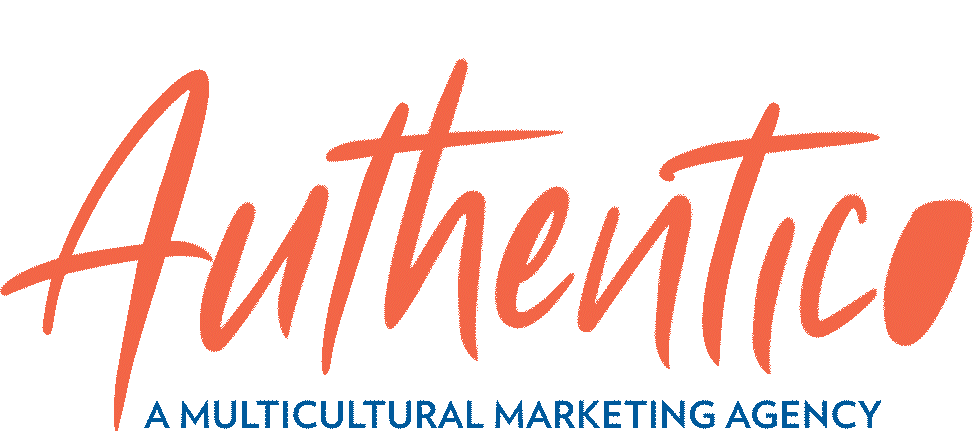by Dr. Andrea Hendricks
How do you support individuals who come from different diversity groups than your own?
Creating an environment where everyone feels safe to share their diverse perspectives can help you build a stronger more cohesive workplace and community. That’s why becoming a diversity advocate is so important. You can help people find their voice.
To be a diversity advocate is to commit yourself to the education of both yourself and others about internal and external diversity dynamics. True diversity advocates have developed an inclusive set of beliefs. And they promote awareness, education and appreciation of diversity throughout their workplace and communities.
Are you ready to start your journey?
The Engagement Framework
There is a diversity engagement framework that I share from time to time. These five levels assist diversity advocates with a process for building and reaching advocacy best practices at all levels. Overtime, using this framework will help you identify how to be a better advocate for yourself and others.
- Increase Understanding about diversity and inclusion
- Enhance Knowledge about diversity and inclusion
- Expand Awareness and Appreciation for diversity and inclusion
- Influence Behavior (not change behavior) for better outcomes with diversity and inclusion
- Create Actions for yourself, individuals and organizations
Often, we make being an advocate, mentor or sponsor too hard. It should be a simple process to ensure everyone in the workplace has meaningful connections and a seat at the table. Then diverse employees may leverage their voice, have visibility and share their vision just like everyone else — they are heard, seen and included.
Next on your journey to becoming a great diversity advocate one should consider two areas: diverse interactions and inclusion
Diverse Interactions
Organizations need to ensure multicultural and diverse interactions for effective employee engagement. Far too often, you will see employees working and socializing in monocultural groups, in isolation or in silos. Engaging this way limits our ability to have meaningful relationships and fulfilled lives in the workplace. Those who have advocates, mentors, or sponsors, tend to gain more career advantages and opportunities.
Diverse multicultural interactions are all about leveraging highly engaging situations that position employees for success. Once you develop the framework for diverse interactions, diverse networks and diverse connections you can begin to advocate at an elevated level. Research suggests that over 80% of career opportunities are usually based on backgrounds and connections. We must work hard to break this mindset and level the playing field for all.
Inclusion
Inclusion is the ability to engage diversity in your workforce so that everyone has equal opportunities to contribute. A person feels included and validated by the ability to consistently have an authentic seat at the decision-making tables within the organization. Inclusion is the strategy requiring that all individuals be valued for both their differences and input.
With inclusion, diverse individuals have a seat at the table, and they are valued for the unique perspectives they bring. In the workplace, inclusion requires leaders to ensure a sense of belonging and that everyone matters. If done correctly, inclusive programs will allow diverse employees to make big investments in organizations.
Walking in someone else’s shoes is another great approach to have greater appreciation for others. As we include others, we tend to develop a measuring stick of who or what is appropriate and worthy to be included within our circles. If we could only put ourselves in the shoes of others to see how we would react, then we might become aware of the injustices, unequal treatment, and inequalities diverse employees experience daily.
In R. Roosevelt Thomas’ “Building a House for Diversity: A Fable About a Giraffe and an Elephant Offers New Strategies for Today’s Workforce,” we see what happens when we don’t take others’ needs and perspectives into account.
In the story, Giraffe invites Elephant into his home only to discover that his home was not designed with elephants in mind. This results in Elephant damaging the house and embarrassing himself. Giraffe tries to be inclusive to Elephant, but only on his terms:
“Giraffe looked around at his workshop and then smiled. ‘I see what’s going on here,’ he said. ‘The doorway is too narrow for your large backend. We need to make you smaller. There is an aerobics studio in our neighborhood and if you take some classes, we could get you down to size.’ Elephant looked like he wanted to shrink into the very wall that he had dented a few minutes earlier.”
Here’s a bit of homework from me: read the story. Take the lessons of the Giraffe and Elephant to heart. On your journey to become a true diversity advocate, remember it is not your role to change the other person but to walk with them along their journey and to create amazing experiences where both of you learn and grow together.
Dr. Andrea Hendricks
Chief Diversity, Equity & Inclusion Officer
Authentico


